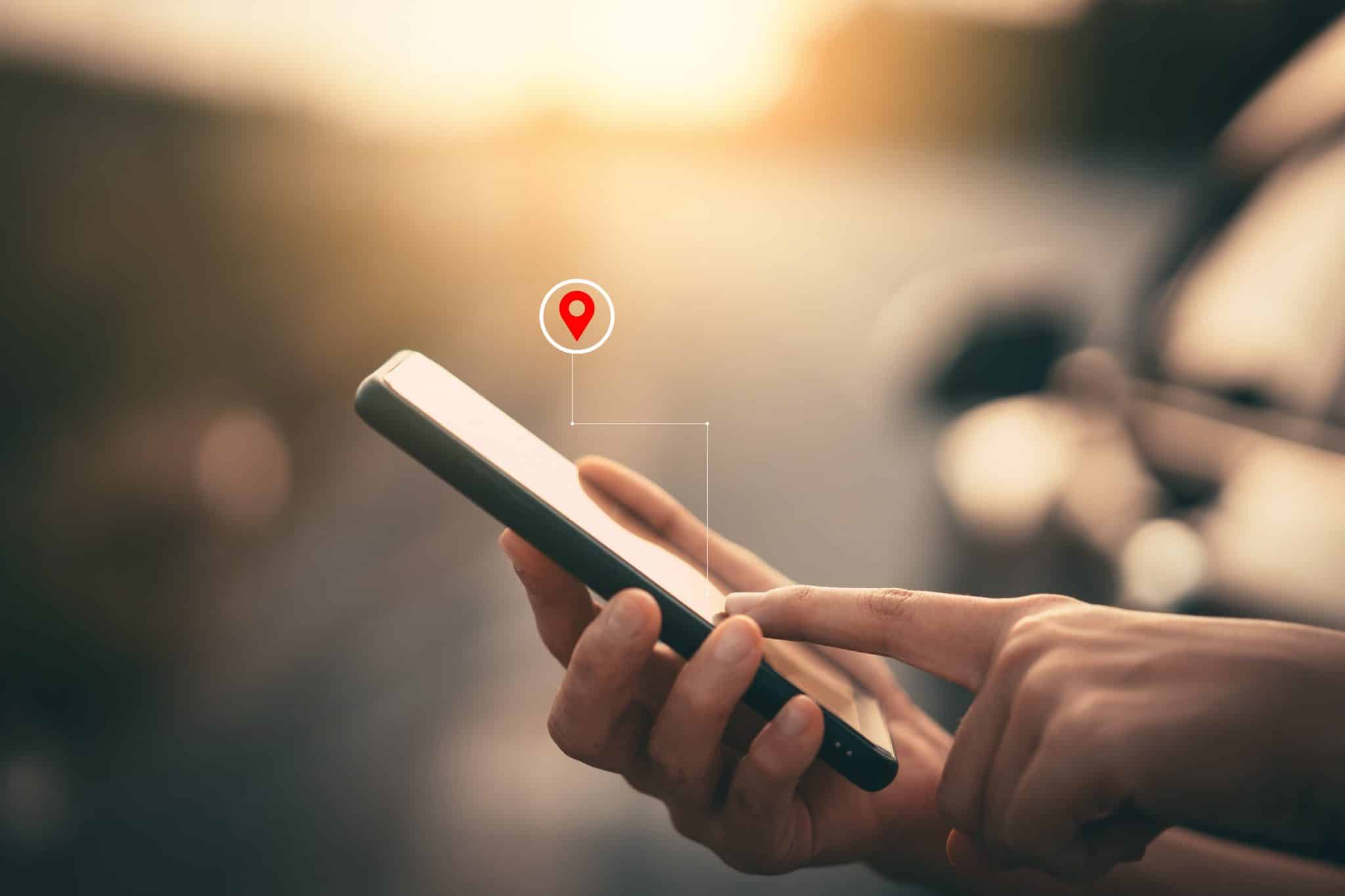Cell Phone Virus Removal Tips
Michelle Wilson - August 5, 2020

It used to be that the biggest virus threats we had to really pay attention to were on our personal computers at home. But these days you can go ahead and put your cell phones on the list.
The bad actors of the world will design fake websites or will develop and release dubious apps all designed to access your most personal information on your phone, and will even use your phone to spread the virus to others (much like you would see on a virus on your computer).
But how can you tell if your cell phone has a virus? We have outlined for you what a cell phone virus is, and how to remove it for good!
Table of Contents
Cell Phone Viruses?
There are three types of malware that can find their way on to your phone. Spyware, ransomware and the typical viruses that make up a third category. All of them have one goal in mind – to access your personal data, and use that data to attempt to steal your identity and commit fraud. There are some malwares that will go as far as to send SMS texts to services that charge fees or sell your information.
How Does Malware Get On My Phone
Phones don’t really get infected with viruses the same way that your PC or laptop might. Typically it’s as simple as visiting your app store or google play and downloading an app that has yet to be identified as malicious.
While iPhones certainly are susceptible to viruses Android phones are by far considered to be more vulnerable as Androids are considered ‘open source’, while the iOS phones are encrypted by default.
Does My Phone Have a Virus?
Here are a few signs to look for if you are worried that your phone might be infected by malware:
- Your phone’s battery is suddenly being used up much faster than it would normally.
- Pop up ads are suddenly appearing with more frequency.
- Long lag times for apps to load.
- Your phone seems much slower all together.
- You see apps that you don’t remember installing.
- You notice a big uptick in your data usage.
- Your phone bill is higher than expected.
Don’t panic right away if recognize one or two of these signs. It doesn’t necessarily mean you are infected, however a combination of these should put you on alert.
Removing a Virus From Your iPhone
While iPhones are less likely to get a virus when purchasing your phone from a major carrier, the jail broken iPhones have a much higher chance of infection. Here are the steps you can take:
- Immediately uninstall any suspicious apps. Any app that you installed prior to noticing issues, as well as any you do not recognize. Especially third party apps.
- Make sure to clear your browser history and data (this can be done by opening Safari and clearing history and data in the settings).
- Restart your iPhone
- Restore your iPhone with a backup you made prior to the issues.
Get professional from the Apple Genius Bar help if none of these steps seem to improve the issues you are seeing.
Removing a Virus From Your Android
Android phones are a lot more open to attacks and as such removing a virus can be a little more involved than an iPhone.
-
Run a Virus Scan
There are free options but we really suggest that you find a highly rated paid app. They will not be too expensive and will ensure you have a dev team behind the service.
-
Safe Mode
What you’ll also want to do is restart your device in safe mode and manually uninstall third-party apps. The reboot your phone. If you phone speeds up you’ve probably found the problem!
-
Remove Access
Some apps will require you to remove administrator access from them. Go to the “Security” tab in your Settings app. Then Deactivate (uncheck) the box that allows the app to access your phone.
-
Restoring Factory Settings
This will do it all. Clears data and apps that have been installed. It will also completely remove your files, so make sure you do a full backup before doing anything.
If you keep you phone regularly updated you make it very hard for hackers to take advantage of known bugs. A solid paid AntiVirus app should provide the protections needed, and is also important to keep updated. Most of these apps update their virus definitions fairly often.
Another good tip that most of us fail to do is to avoid using unsecured Wi-Fi. When you connect in public you are trusting that the connection is a trusted one. That’s ridiculous, malicious people are everywhere. Use your data plan or simply wait for a secured connection.
Last but not least Always use a secure password and every few months change it up. Some of our most personal data is within our phones. Let’s keep it protected!
Related Posts
Recent Posts
Popular Posts
Sorry. No data so far.








